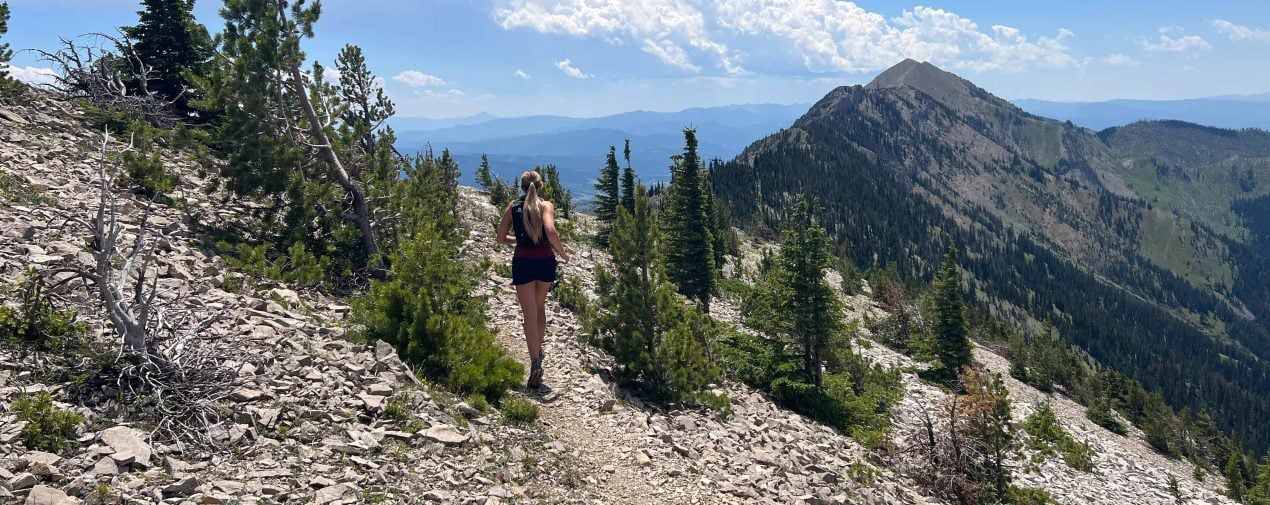Hunting Shape: Training for a Successful Season
The first time I packed out a big game animal, I was floored when I put my pack on.
My first thought: “How will I do this?” It was a little under half of a mule deer, but the weight made me feel weak. I had just harvested this incredible animal and was proud of how everything had come together, but I had completely neglected one element in my preparation.
As someone who is generally active and loves to hike, I didn’t think hunting would be a major physical challenge. I could not have been more wrong. The second I was weighed down by a pack, rifle, and meat, it was like all my fitness disappeared. Many breaks later, I carried that deer back to camp and told myself I would never put myself through that misery again. Not because I wouldn’t hunt again, but because I wouldn’t go into a season physically unprepared again.
Unlike typical gym goals, hunting fitness is all about real-world performance. You need the power to climb steep hills on uneven terrain, all while carrying weight. You need the mental toughness to pack out an animal in the dark and cold. You need flexibility to glass and shoot from awkward positions. And above all, you need the resilience to stay focused when things get hard.
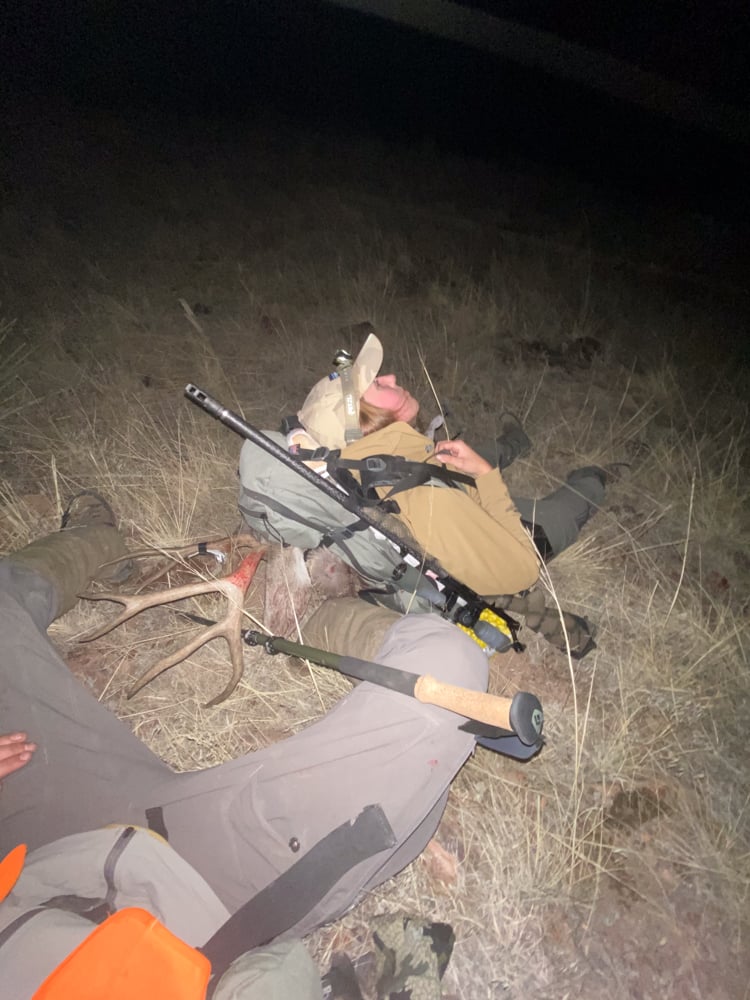
Foundation
Before modern gyms and training programs, our ancestors unknowingly trained for hunting every day. Not with box jumps or sled pushes, but by hauling water, chopping wood, and moving across rugged terrain. Functional fitness wasn’t a trend, it was pure survival.
Building strength for hunting means mimicking those tasks. You don’t need a fancy gym or personal trainer, just consistency and time.
Compound movements are key. These exercises mirror the type of work your body will face in the field:
- Deadlifts strengthen your posterior chain (back, glutes, hamstrings), which is crucial for hauling packs or dragging game.
- Squats build leg power and overall stability, whether climbing over deadfall or holding a crouched position for a shot.
- Lunges and step-ups mimic hiking and build single-leg strength, balance, and coordination. Add weight to simulate a pack.
While legs are the obvious focus, don’t overlook your core. A strong core prevents injury and keeps you stable under load, especially during heavy pack outs. Planks, Russian twists, and loaded carries simulate the kind of strain your body endures in the backcountry.
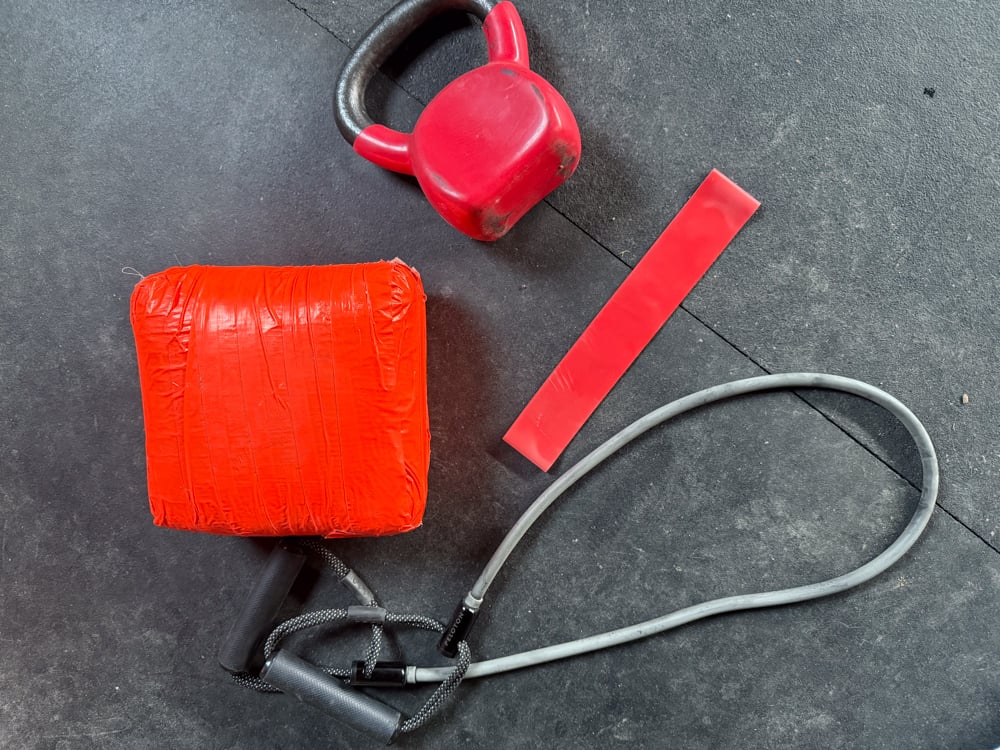
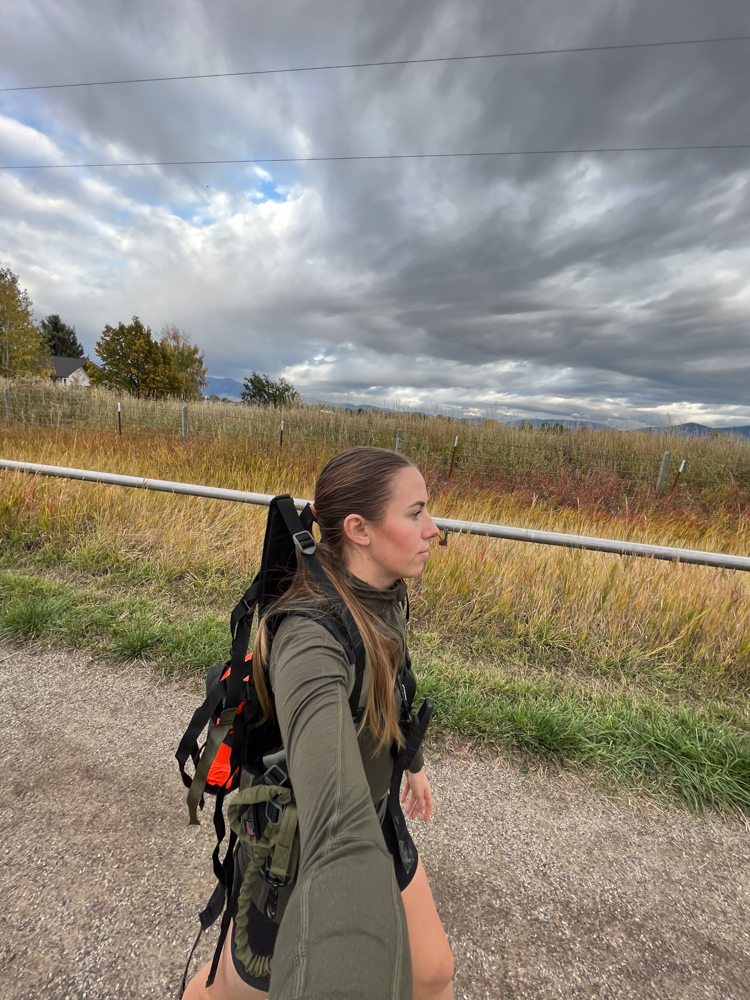
Endurance & Stamina
Once you’ve built a foundation, make sure it lasts for miles. Hunts are unpredictable. You might be climbing ridge lines all day or packing out late into the night. Your endurance has to match the demands of the hunt.
One reason I love endurance training is it overlaps with other outdoor hobbies. Trail running, mountain biking, and weighted pack walks with my dog are my favorite ways to build an engine that can go all day and recover overnight.
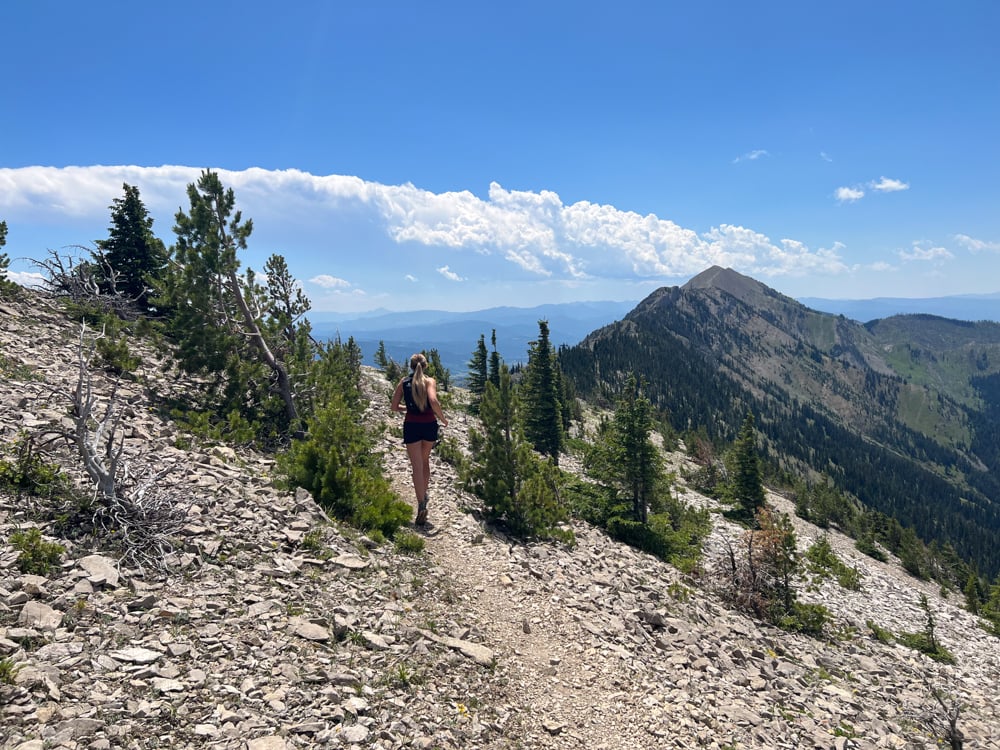
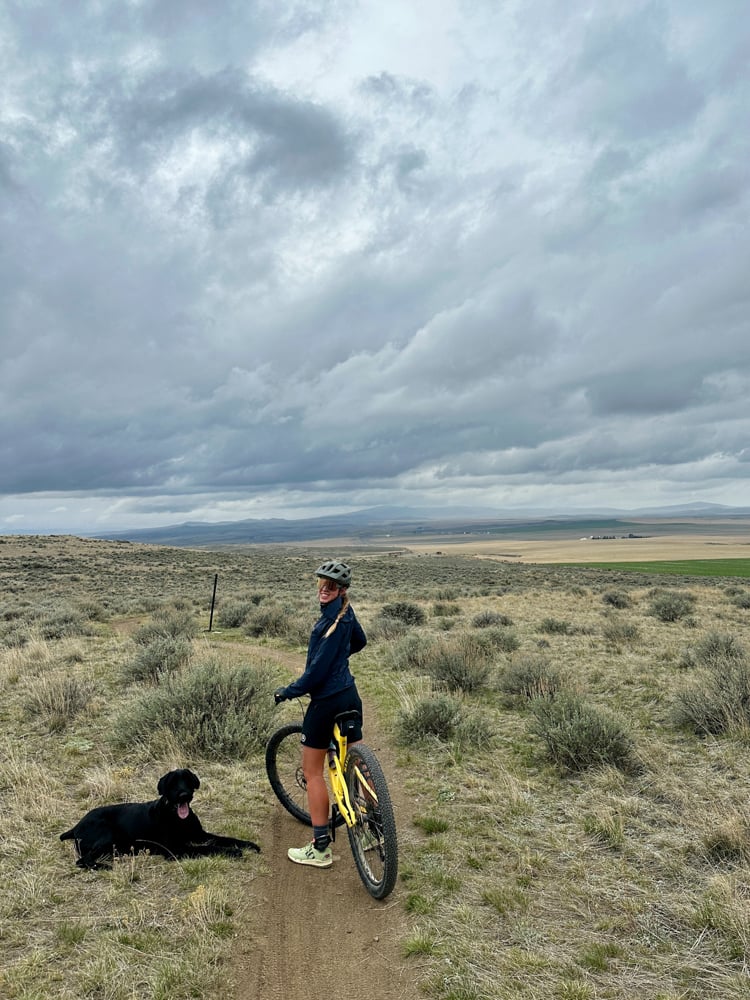
Zone 2 training is a game changer for stamina. It refers to a heart rate zone (roughly 60–70% of your max) where you can maintain a conversational pace without gasping for air. It looks different for everyone, but consistent Zone 2 work improves your aerobic base over time.
Zone 2 cardio isn’t flashy, just consistent. Pick a form you enjoy and aim for two to three hour-long sessions per week to build durable lungs and legs.
Mobility & Recovery
Training doesn’t end when your workout does. If your body isn’t mobile, all the strength and endurance in the world won’t help you move efficiently in the mountains. Tight hips, stiff ankles, or sore shoulders can hold you back, or worse, lead to injury.
Spend just 10–15 minutes a day focusing on mobility, especially in the hips, knees, ankles, and shoulders. Rotate in stretches like:
- World’s Greatest Stretch
- Pigeon Pose
- Kneeling hip flexor stretch
- Forward fold
Recovery matters too. Sleep, nutrition, and smart training should come first. But tools like foam rollers, massage guns, and compression boots can reduce soreness and keep you consistent. Not essential, but nice to have.
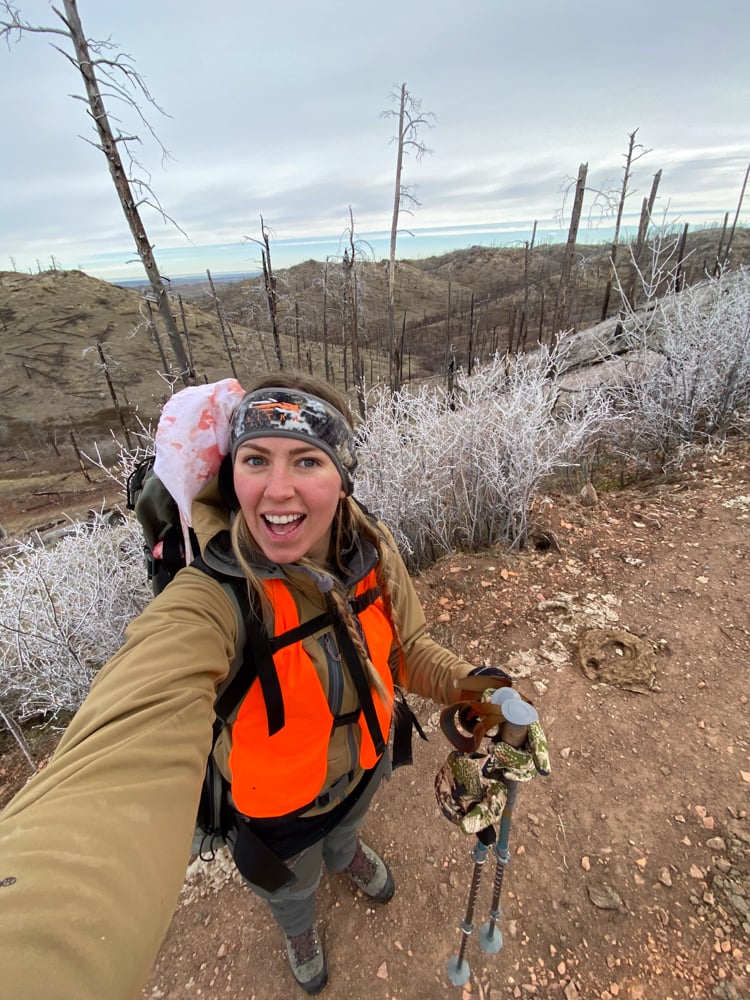
The Final Word
My next hunting season, I trained differently. I spent the summer building strength, trail running, and walking my neighborhood with my hunting pack loaded with a sandbag. When I shot a deer from above and had to pack it out up a steep hill, I wasn’t worried, this is what I trained for. Reaching the top, looking back at the effort I put in, I felt proud and more motivated than ever.
You don’t need to train like a professional athlete to be mountain-ready, you just need consistency. Most of my hunt training happens in my garage with a couple of dumbbells and a sandbag. A few focused strength sessions a week, regular Zone 2 cardio, and daily mobility will go a long way.
Come hunting season, you’ll be stronger, more resilient, and better prepared for even the toughest pack outs. Your future self will thank you.
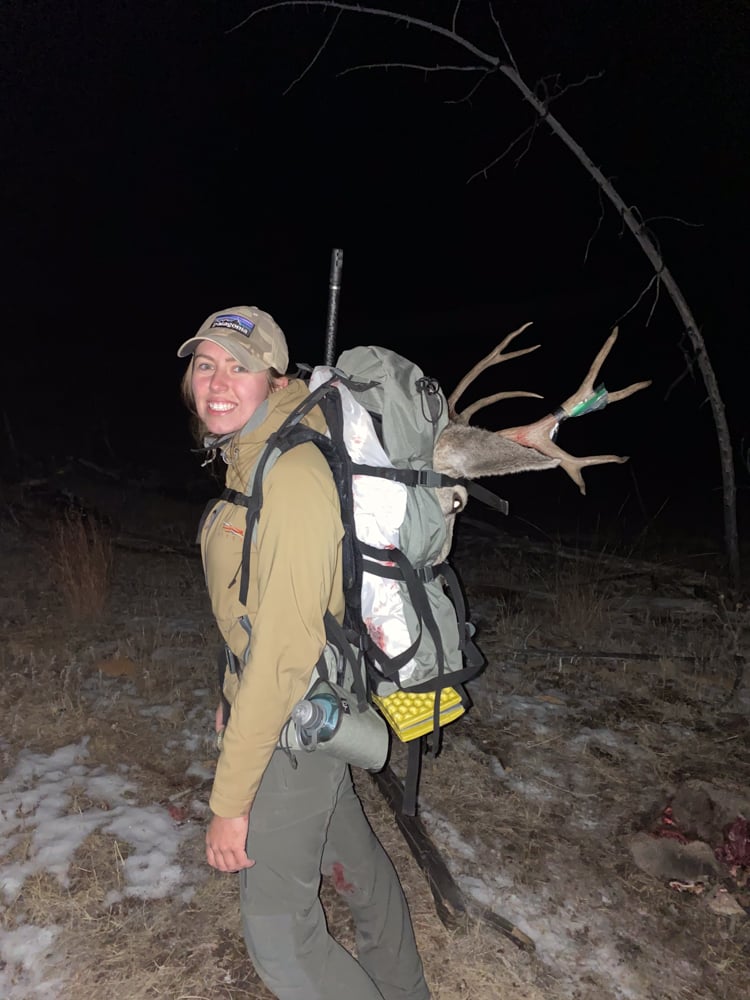
About the Gear Tester


